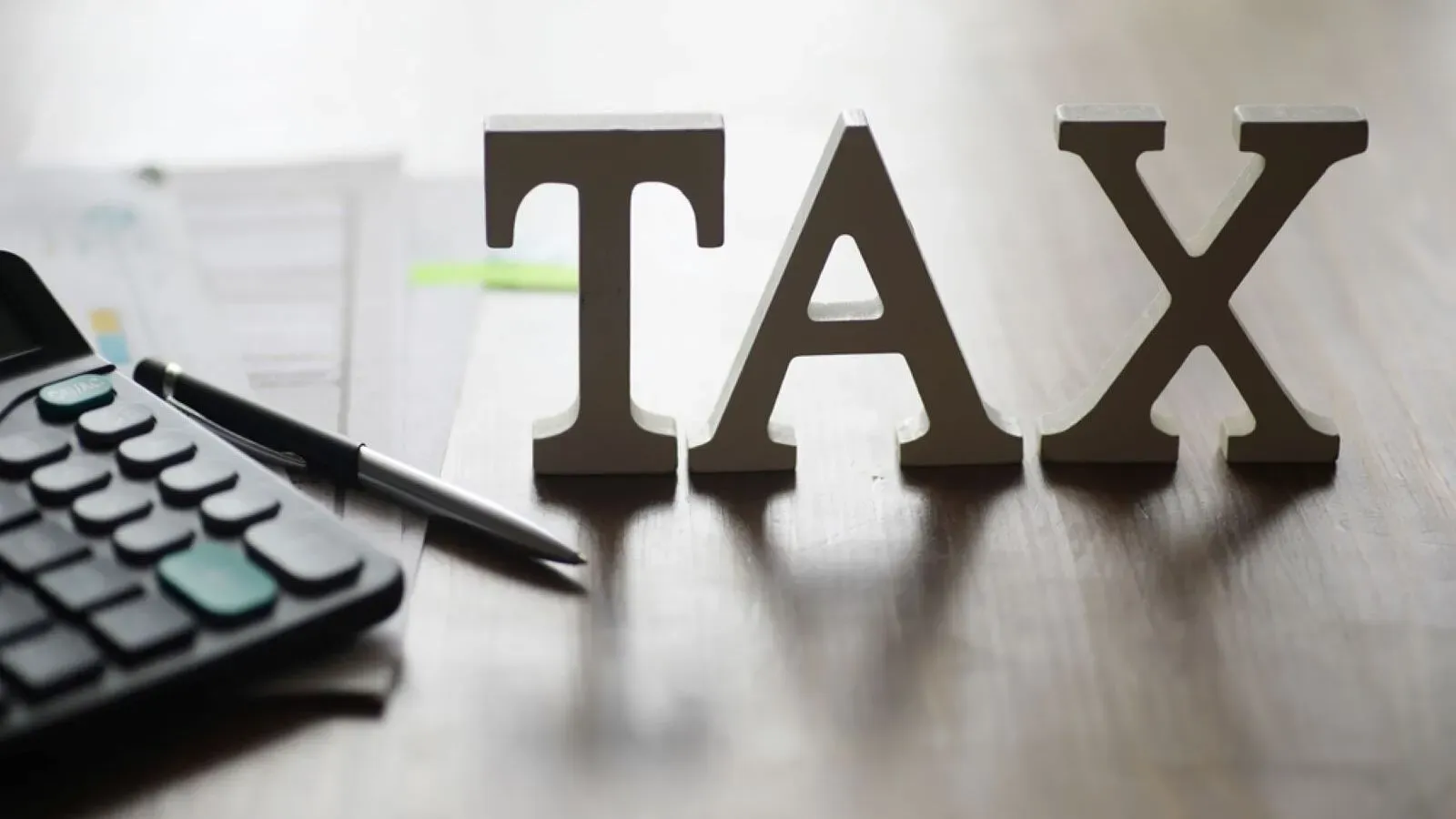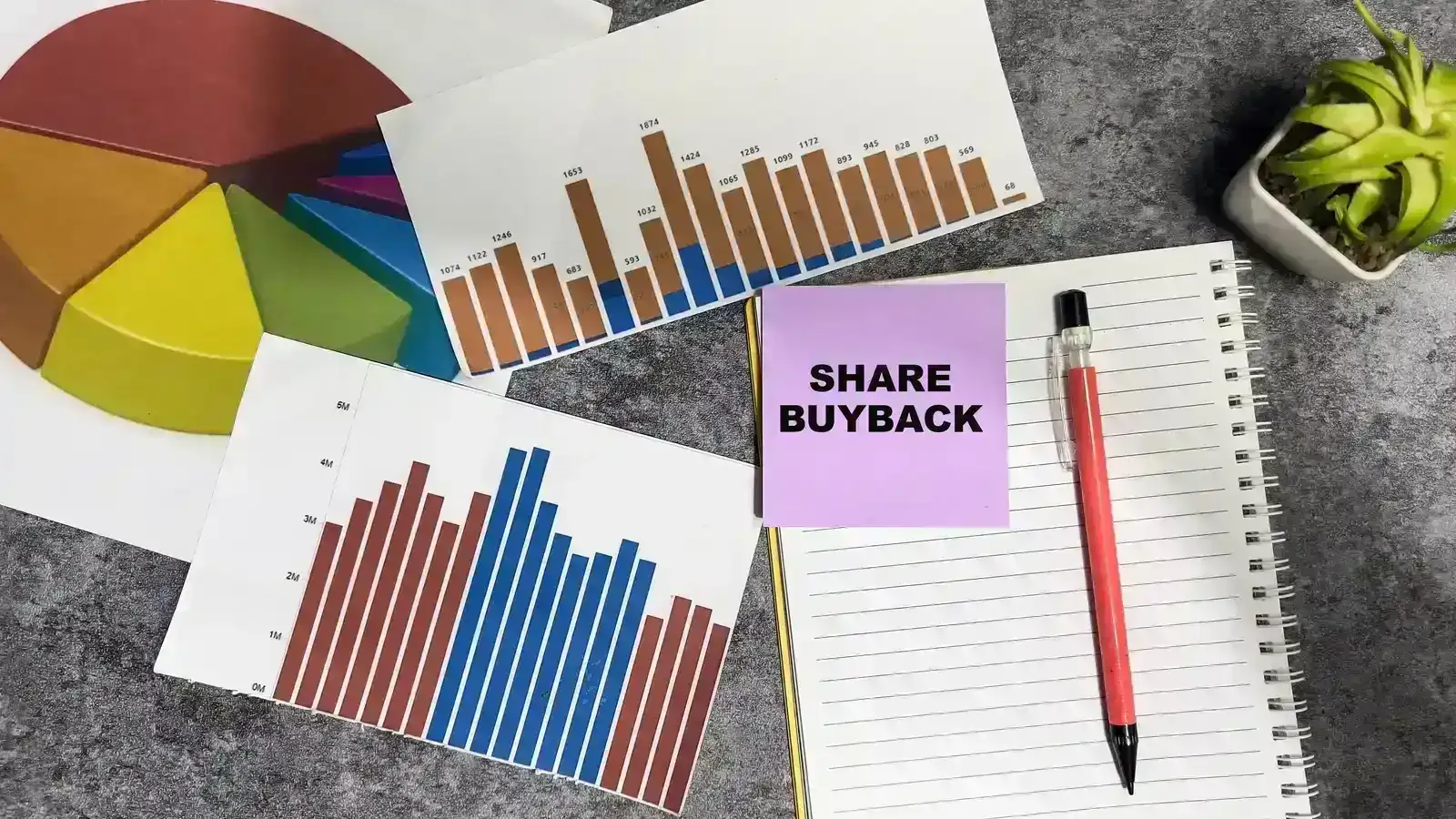Personal Finance News
Infosys buyback: Tax calculation and rules explained with a 500-share example

5 min read | Updated on November 07, 2025, 13:38 IST
SUMMARY
Infosys share buyback record date has been declared. Generally, the buyback price is higher than the current market price. For example, in the case of Infosys, the share buyback price is ₹1800 while the current market price of an Infosys share is below ₹1500.

Investors cannot claim any deduction against the amount received in a buyback. | Image source: Shutterstock
This article provides a detailed explanation of the share buyback tax calculation, accompanied by an example.
But first, let's recap the share buyback taxation rules:
In a buyback, a company repurchases its own shares from existing shareholders.
Generally, the share buyback price is higher than the current market price. For example, in the case of Infosys, the share buyback price is ₹1800 while the current market price of an Infosys share is below ₹1500.
From October 1, 2024, money received by the shareholder from buyback is taxed as "deemed dividend" under the Income Tax Act, 1961. Moreover, tax is calculated on the total amount received from the buyback.
The deemed dividend is considered as "Income from Other Sources" and taxed at the individual slab rate applicable to the shareholder. For instance, if the shareholder is in the 30% tax slab, then the amount received will be taxed at this rate.
Investors cannot claim any deduction against the amount received in a buyback. This means shareholders have to pay tax on the full amount received in a buyback without any deduction.
However, there is one little-known benefit that many investors may not be aware of. The cost of acquiring shares, or the price at which the investor originally purchased the shares, is treated as a capital loss, which can be adjusted against capital gains depending on the period of holding. For example, short-term capital loss (STCL) if the holding period is less than 12 months and long-term capital loss (LTCL) if the holding period is over 12 months.
Shareholders can set off STCL against short-term and long-term capital gains in the same year, while any unabsorbed loss can be carried forward for up to 8 years.
The cost of acquisition for bonus shares is nil. Hence, if you received bonus shares, then it won't be treated as a capital loss.
The total amount received from buyback needs to be declared as Income from Other Sources (deemed dividend) in ITR.
You can also record the cost of acquisition as a capital loss, which can be set off against capital gains as explained above.
How will the tax be calculated: Example
Let's make some assumptions before getting into the calculation:
-
You are participating in the buyback where your 500 shares are repurchased by the company at ₹1800 each.
-
You are in the 30% tax bracket
-
You had originally purchased these 500 shares in 2020 at ₹900 each.
-
The market price of the share is ₹1450
-
You manage to set off the capital loss
As you held the shares for more than 12 months, your holding will be treated as a long-term capital asset and taxed accordingly. Currently, the tax rate for long-term capital gains is 12.5%.
Now, let's see the tax calculation:
A. For 500 shares, you will receive ₹1800x500 = ₹9,00,000 from the company in the buyback. This amount will be treated as deemed dividend.
C. The cost of acquisition in your case is ₹900x500 = ₹4,50,000, which can be considered as a capital loss and set off as explained earlier in this article. If you manage to set off this amount against capital gains, then you will make a tax saving of approximately ₹4,50,000x12.5% = ₹56,200.
D. The net cash flow in your hand from the buyback after tax will be ₹9,00,000-₹2,70,000 = ₹6,30,000.
E. The total benefit for you from the buyback will be = net cash flow + tax saving = ₹6,30,000 + ₹56,200 = ₹6,86,250.
Please note that the above is a one-off example where the shares have been held for the long term, i.e., more than 12 months. In a real-world scenario, the tax impact of a buyback can vary based on the holding period, the actual cost of acquisition, applicable tax rate, ability to set off, etc.
Related News
By signing up you agree to Upstox’s Terms & Conditions
About The Author
Next Story


